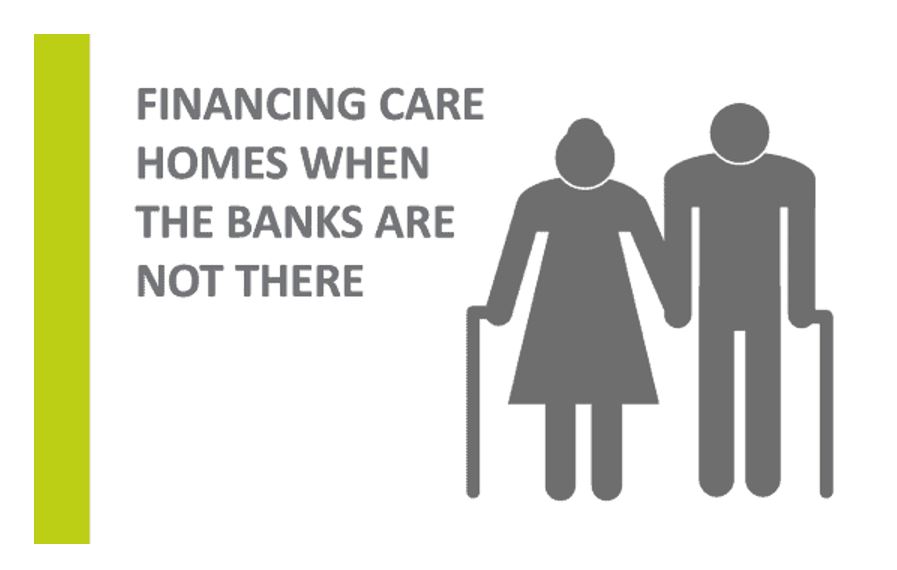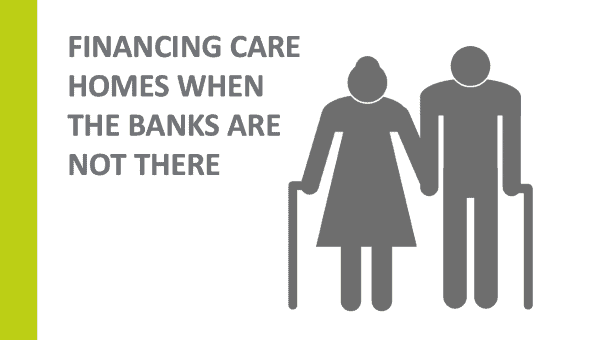The phrase ‘know your customer’ (KYC) is bandied about across many industries, but in the financial world it is mostly used in terms of identity verification and money laundering. However, knowing your customer is important for other reasons.
From a lender’s point of view it is much easier to make decisions if we can really get to know our customers, understand their needs and work together for our mutual benefit. However, with many of life’s necessities available at the click of a button it appears that relationships between providers and their clients are becoming a rarer and rarer. At Fiduciam we believe there is little substitute to knowing our borrowers well and understanding their businesses. Our relationships with our clients and their agents are what make us stand out from the crowd and are a major factor in the amount of repeat business we enjoy. Fostering long term relationships is therefore at the heart of our business, which is ultimately about helping our clients grow theirs.
Over the last few years, we’ve assisted a number of developers to organically upscale their businesses. From a credit risk perspective, we like to see repeat borrowers build a niche of projects and experience. Those who know their market and seek to expand on it.
Growth can come from gradually upscaling the projects taken on and carefully building the capital required to invest as equity. However, as a lender we can also work with developers to accelerate this cycle and increase the number of projects undertaken.
In one recent transaction we helped a client who had originally come to us several years ago for a £200k development loan. Since then he has continued to expand his business, working on bigger projects that require different types of funding. We recently completed a £1.6m loan for a permitted development facility in South London with this client using our ‘Stepping Stone’ loan.
Having just completed a scheme, but not yet sold the available units, he was ready to start a new project. However, without the sale of units he didn’t have the funds to move on. Knowing this client, and his development capabilities, over a period of years meant we were confident in his business and wanted to ensure he was able to move forward and continue to grow.

Using the ‘Stepping Stone’ development loan we enabled the borrower to transfer equity from the recently completed development to his new project without the need to wait for sales. This meant the new project could start earlier, and the developer would be able to take on more projects. The borrower therefore grows by simply using the same capital more efficiently.
As COVID-19 slows the sale of completed projects it is also likely to generate attractive opportunities to purchase new sites. The ‘Stepping Stone’ development loan ability to transfer equity from one project to the next is something that could keep projects flowing more easily. Importantly, it starts with really getting to know our customers. That way we are not only providing creative borrowing solutions and mitigating credit risk, but we are helping businesses to grow and cycle forward.















